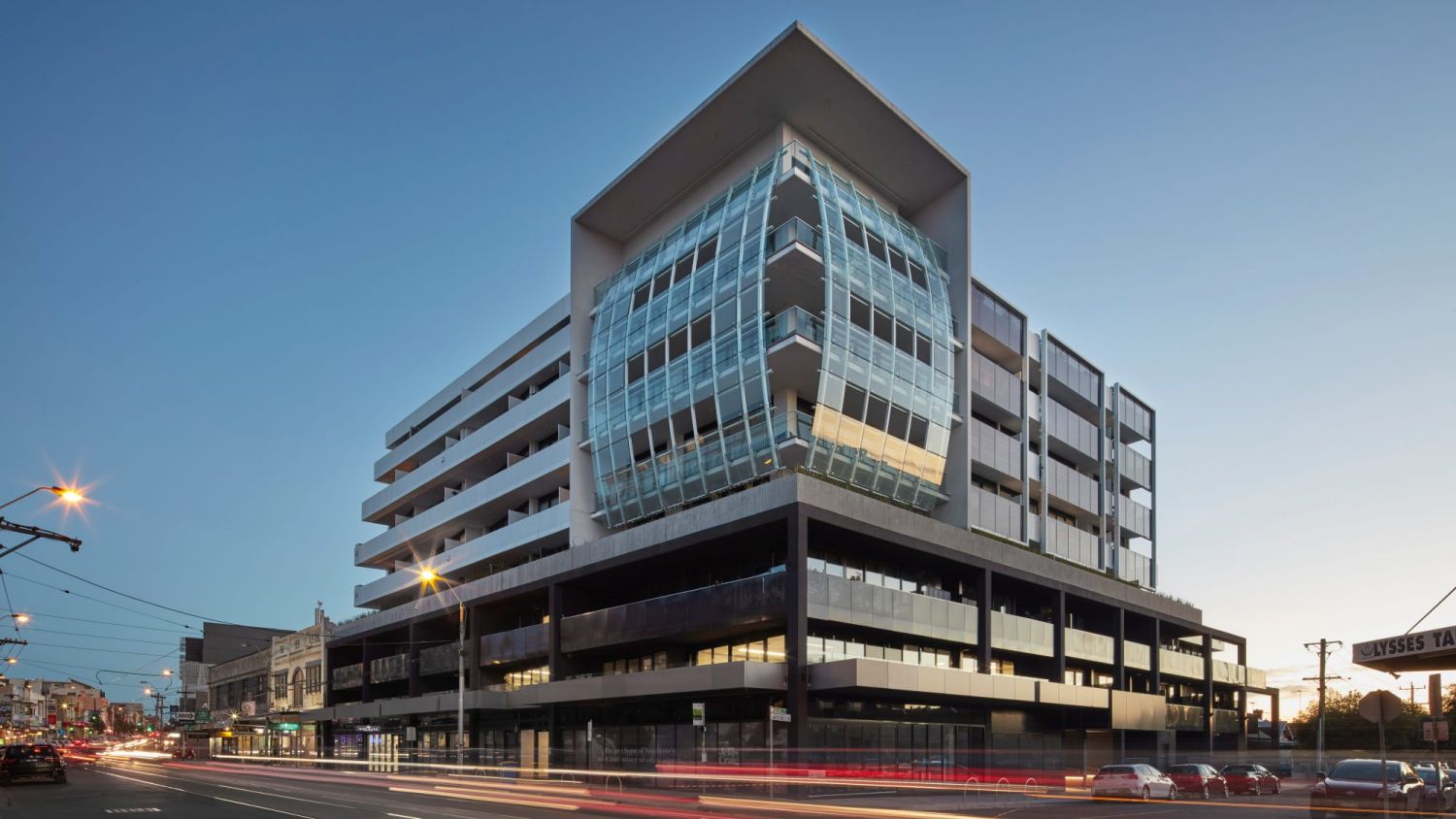Melbourne will be home to not one but two Australia-first initiatives to make living in an apartment cheaper and more environmentally sustainable.
Tenants in apartment buildings could soon have access to solar power and battery storage if a new government-funded initiative is successful.
Energy company Ovida will use $980,000 from the state government to retrofit three yet-to-be-selected buildings with solar panels on their roofs and connect extra power-infrastructure like batteries. That would produce power they would sell back to residents for a cheaper rate than grid power.
The service would have no upfront cost, and the body corporate could buy the hardware from the company if they wanted to.
“This hasn’t been done anywhere in Australia. It is a very innovative development,” general manager James Seymour said. “It’s the ability to share common, distributed energy assets, for there to be one owner and multiple users.”
The project is just a trial for the time being, but he expects plenty of demand for cheaper, greener energy.

The General in Northcote by C.Kairouz Architects is the first residential building in Australia to have a photovoltaic facade. Photo: Peter Clarke
The General was built by Cedar Group developments. Photo: Peter Clarke
“People are frustrated by things not moving as fast as they want,” Mr Seymour said. “They really want to be sustainable and they really want to take control.”
Elsewhere in Melbourne, a recently constructed mixed-use apartment block has become the first in the country to make use of photovoltaic glass in its facade.
Sunlight travelling through the glass and into the the building is captured by a thin, transparent layer of photovoltaic cells and is transformed into power, then used in common areas of the building.
The architect responsible for the design, Chahid Kairouz, said customers increasingly demanded sustainability, and features like the solar facade would need to become more common in a forward-thinking city.
“There’s an expectation filtering through that best practice be adopted,” he said. “Melbourne has been the most liveable city for many years, and looking into the future these technologies could help us regain that mantle again.”
RMIT sustainability expert Trivess Moore said the initiatives were a good start, but were not directly addressing some major sustainability issues the city faced.
“Looking at the star rating of housing that’s been built in the past two years, the majority of houses are being built at the minimum standard,” said Dr Moore. “In Victoria, something like 90 or 95 per cent of houses have been built at essentially minimum standard.”
The minimum standard is a six-star rating. The General, Mr Kairouz’s development, is seven and a half stars.
Dr Moore said simple steps, like requiring cheap thermal efficiency improvements, would help raise most minimum-standard homes to the same level.
“[These technologies] are examples of what we can be delivering. It just comes down to a desire to deliver better performing buildings,” he said.
Dr Moore said government incentives and better education for consumers would help encourage the market to move toward more sustainable developments in Victoria.
Originally Published by Domain.com.au continue reading here.




